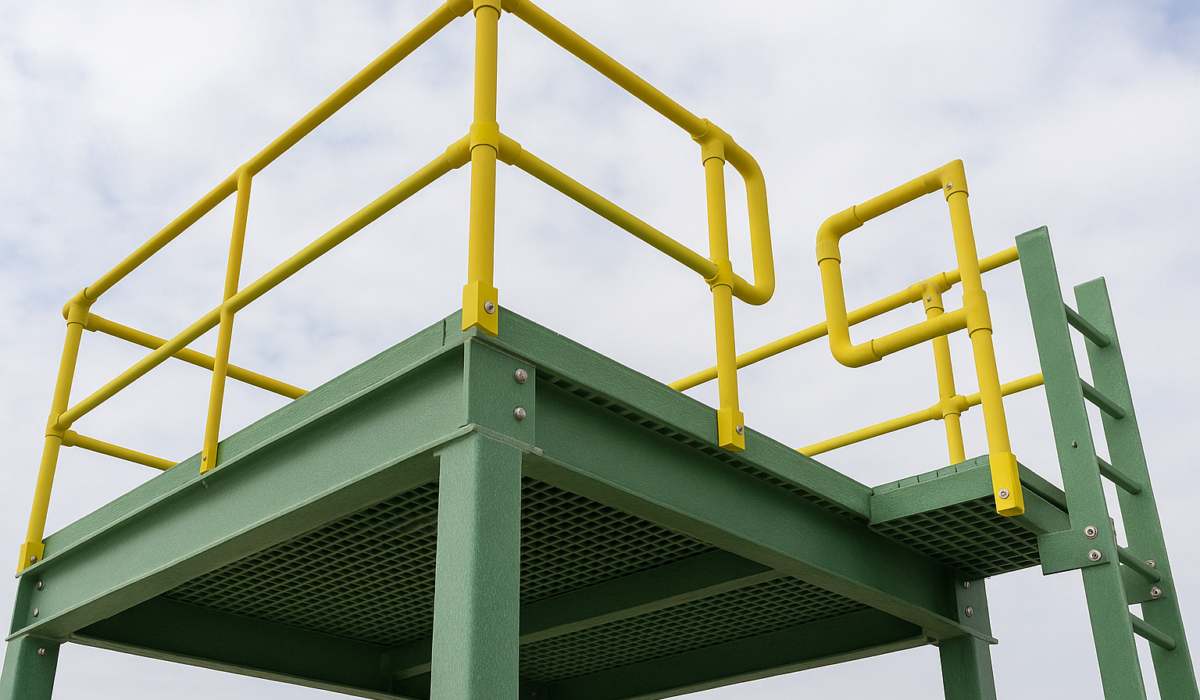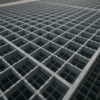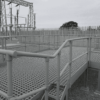GRP Standards: Ensuring Safety, Performance and Compliance in Modern Construction
Introduction: Why Standards Define the Future of GRP
Across today’s construction, infrastructure and industrial projects there is growing reliance on materials that combine performance with safety and sustainability. Traditional options such as steel and timber continue to face issues of corrosion, weight and maintenance cost. Glass Reinforced Plastic (GRP), with its corrosion resistance, non-conductive properties and exceptional strength to weight ratio, has emerged as a material of choice for sectors including rail, marine, utilities, telecoms and data centres.
The effectiveness of GRP in these safety critical environments relies heavily on adherence to recognised standards. GRP standards provide assurance that materials meet consistent benchmarks for fire safety, mechanical strength and durability. They allow specifiers, engineers and contractors to work with confidence that products will deliver predictable, long term performance in demanding environments. This article examines the leading GRP standards, their technical requirements and why compliance is key to sustainable construction.
The Importance of GRP Standards
Standards underpin confidence in GRP solutions. They define structural capability such as minimum tensile strength, modulus of elasticity and load bearing capacity. They establish fire safety performance by limiting flame spread and smoke generation. They confirm durability against chemicals, UV and mechanical stress. They ensure quality assurance through consistent production under ISO frameworks. They also support environmental contributions including BREEAM, LEED and net zero initiatives.
In industries where public safety, operational continuity and sustainability are non negotiable, adherence to these standards separates approved solutions from unsuitable substitutes.
BS EN 13706 Structural Profiles
BS EN 13706 is the central European standard covering pultruded GRP profiles. It classifies materials into Grade E17 for profiles with wall thickness up to 5 mm and Grade E23 for profiles with wall thickness greater than 5 mm used for heavy structural purposes.
At Grade E23 profiles must achieve an axial tensile strength of at least 240 MPa and a modulus of elasticity of 23 GPa. These thresholds make profiles suitable for structural frames, beams, supports and access systems.
Applications include GRP box sections for framing, I beams and channels for load bearing structures, modular walkways and platforms, and blast wall systems where mechanical and fire performance are essential. This standard ensures GRP can directly replace steel in structural settings, delivering lightweight installation with uncompromised safety.
BS 476 Part 7 and ASTM E84 Fire Safety
Fire resistance is a critical measure in public infrastructure, rail, aviation, data centres and marine projects. In the UK, GRP products are tested to BS 476 Part 7 for surface spread of flame. Most high performance systems, such as those supplied by Engineered Composites, achieve Class 2 fire rating which is widely recognised as a minimum requirement.
For international projects, testing often also aligns with ASTM E84, which measures flame spread index and smoke development index. Together, these standards assure that GRP will not propagate flames rapidly, maintaining safer conditions in enclosed or high traffic environments.
Fire sensitive applications include rail stations, underground walkways, chemical plants, offshore platforms and data centres. Fire rated GRP profiles provide the added confidence that installations remain compliant with safety legislation.
BS EN 4592 Industrial Flooring and Walkways
Industrial flooring and access solutions fall under BS EN 4592, which governs gratings, stair treads and solid flooring elements. This standard addresses load bearing performance, deflection limits and anti slip surface ratings.
Engineered Composites’ GRP grating and Deck500 system are compliant with BS EN 4592. Products are rated for up to 5 kN per square metre pedestrian loads and designed with anti slip quartz grit surfaces that exceed BS 7976 slip resistance guidelines.
Applications include plant walkways, cooling tower covers, rail platforms, trench covers, rooftops and HVAC decks. By combining low maintenance with structural reliability, BS EN 4592 certified products give specifiers confidence in safe pedestrian access even in corrosive or high wear environments.
BS 8666 GRP Rebar
GRP rebar is increasingly adopted as a replacement for steel reinforcement in reinforced concrete. To ensure compatibility, GRP rebar complies with BS 8666 shape codes, meaning it can be bent and formed to the same specifications as steel.
Typical properties of Engineered Composites GRP rebar include tensile strength between 483 and 1600 MPa, modulus of elasticity of approximately 50 GPa, shear strength of around 460 MPa and bond strength of 7 to 10 MPa. Thermal expansion ranges between 8 and 12 × 10⁻⁶ per degree Celsius.
This performance makes GRP rebar ideal for coastal structures, rail tunnels and high voltage installations where steel’s magnetic and conductive properties are a liability. The HS2 rail project adopted GRP rebar for tunnel wall pillars, meeting both corrosion resistance and electromagnetic compatibility requirements.
ISO 9001 Quality Management
Beyond product specific standards, consistency in manufacturing is assured through ISO 9001 certified quality systems. This certification demonstrates that GRP products are produced under documented quality control processes, traceable back to raw materials and consistently manufactured across production runs.
For public procurement and large scale projects, ISO 9001 is a requirement, ensuring not only compliance but also long term reliability.
Environmental Standards and Sustainability
With sustainability now a primary driver in material selection, GRP is well aligned with environmental standards and certifications. Engineered Composites products can be supported with Environmental Product Declarations and contribute to BREEAM and LEED credits.
Environmental advantages of GRP include up to 75 percent less embodied energy than steel, service life of more than 50 years with minimal maintenance, reduced carbon footprint from lightweight transport and installation, and no requirement for coatings or galvanisation.
GRP supports PAS 2080 for carbon management in infrastructure as well as broader net zero construction initiatives.
Mechanical Property Benchmarks
To ensure consistent performance, GRP profiles are tested against EN and ISO standards. Typical values for E23 grade pultruded profiles include axial tensile strength of 240 MPa, flexural strength of 240 MPa, modulus of elasticity of 23 GPa, interlaminar shear strength of 25 MPa and Class 2 fire rating to BS 476 Part 7.
Such benchmarks are critical for engineers calculating structural loads and ensuring safety margins are met in line with design codes.
Case Studies
HS2 Tunnels adopted GRP rebar to avoid corrosion and electromagnetic interference issues, fully compliant with BS 8666 and tensile strength requirements.
Tres Cruces Hospital in Spain built a rooftop helipad using GRP decking and structural profiles to meet weight restrictions, certified to BS EN 13706 and ASTM E84 fire standards.
Copenhagen Airport constructed a blast wall from GRP profiles to meet security and fire safety compliance in a coastal environment.
Network Rail installed GRP mesh fencing for platform protection, taking advantage of its non conductive properties and ASTM E84 fire rating.
Conclusion
The adoption of GRP across construction, utilities, rail and marine projects continues to expand, and compliance with recognised standards is central to its success. From BS EN 13706 structural performance to BS 476 Class 2 fire safety and BS EN 4592 flooring, each standard reinforces the material’s credibility. Combined with ISO 9001 quality systems and Environmental Product Declarations, GRP represents a proven, future ready alternative to traditional materials.
Engineered Composites supports specifiers with certified products, datasheets and case examples that demonstrate compliance across all sectors. Whether for gratings, rebar, handrails, fencing or modular decking, every system is tested and ready for the most demanding environments.
Speak to our GRP specialists today to ensure your next project meets every standard with confidence.




